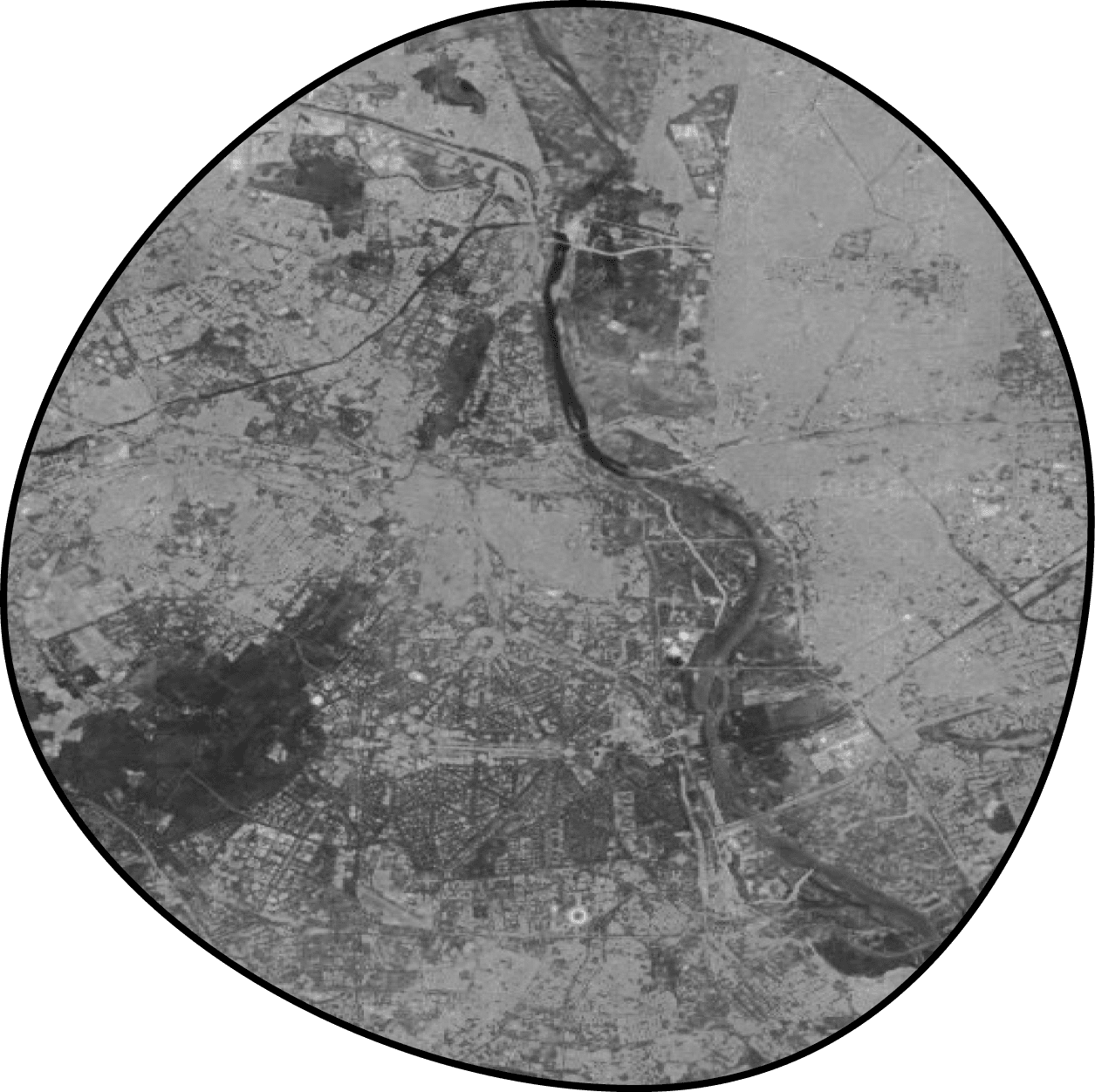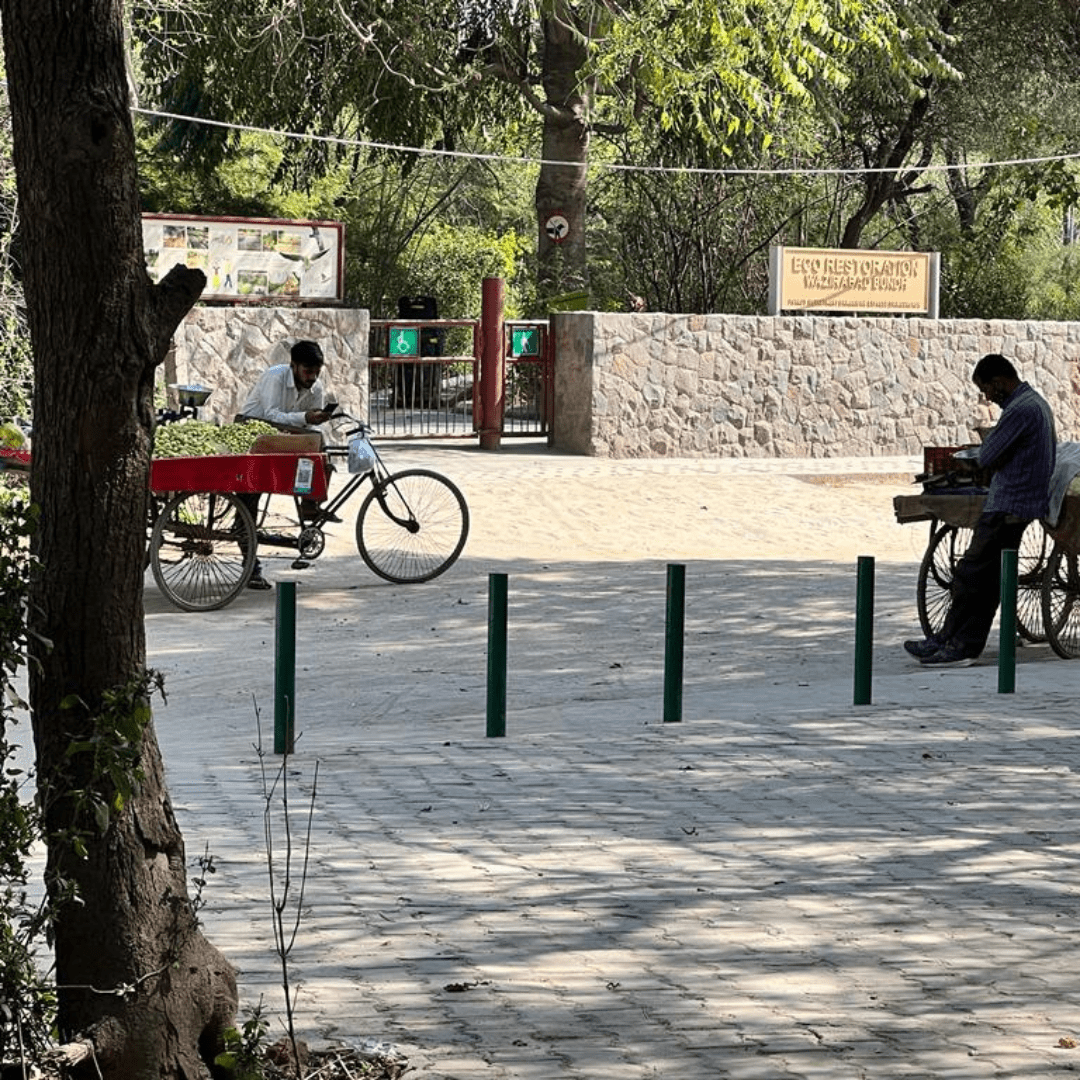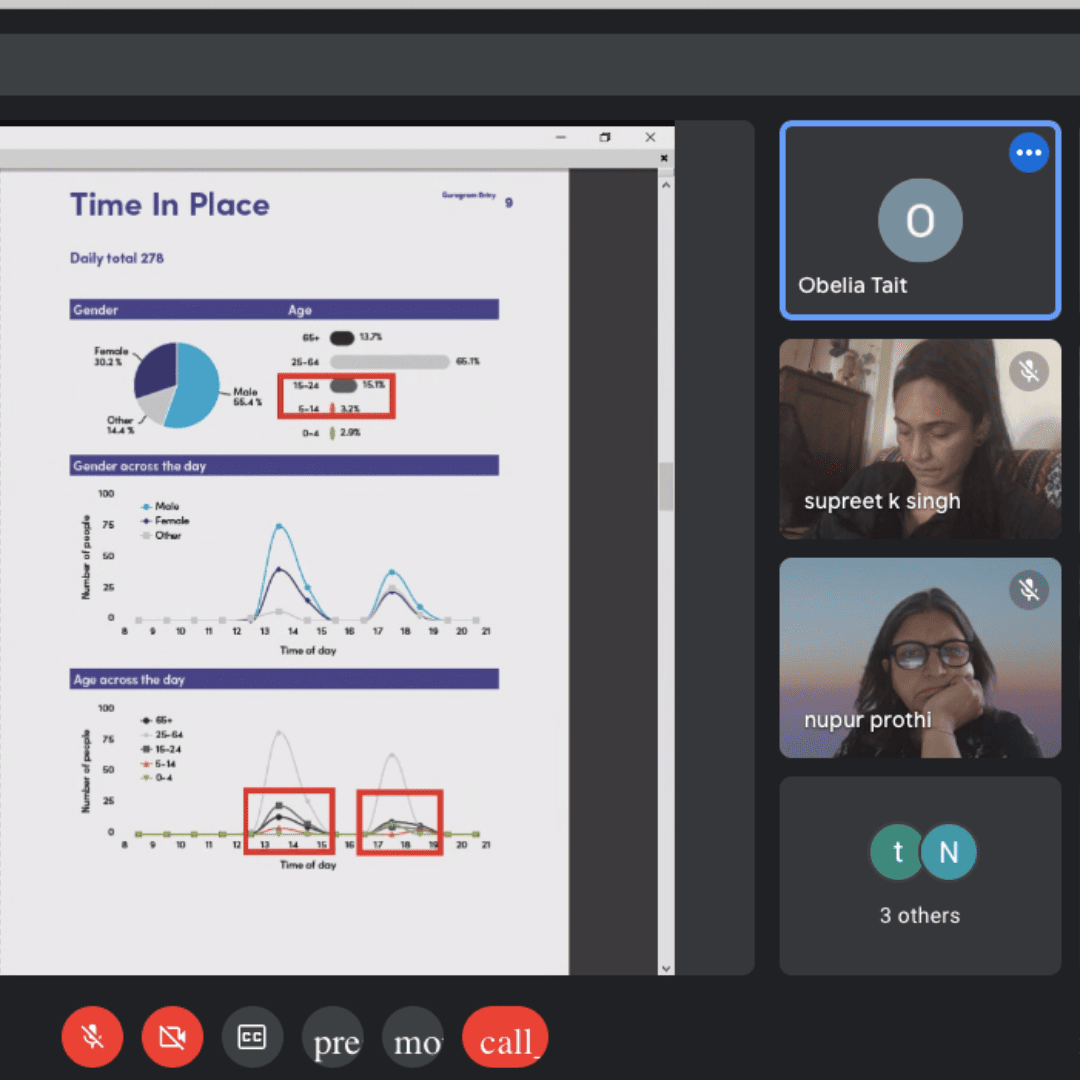Impact story
Delhi
Under the name “Youth led, Nature – Culture Living Labs in India, the Delhi projects are a continuation of previous projects carried out at four different sites; Badshahpur Forest Corridor, Wazirabad channel, entry area to Gurugram, Anath Road and Ghazipur settlement. The projects are utilising local culture and knowledge as a foundation for implementing nature-based solutions. The Her City components of the project is a joint partnership between Sida, Swedbio, Beyond Built, Care Earth Trust, Red Dot Foundation/Safe City, UN-Habitat and Global Utmaning.

Facts

Category: public and private sector
Location: Badshahpur Forest Corridor, Wazirabad channel, entry area to Gurugram, Anath Road and Ghazipur settlement.
Time: 2020 – ongoing
Partners: Sida, Swedbio, Beyond Built, Care Earth Trust, Red Dot Foundation, UN-Habitat and Global Utmaning. Participants: About 20 local children between 12 and 15 years old.
Her story
Challenges
The Badshahpur Forest Corridor was previously a water channel that helped absorb rainfall and direct it to wetlands. However, in the last decade it was turned into a box drain and became filled with waste because of nearby developments. The aim of the project was to turn Badshahpur Forest Corridor into a healthy place for children. The Gurugram Entry was characterised by a busy road resulting in a lack of sense of place. The Wazirabad channel is a natural stormwater drain, because of a lack of sewage network the raw sewage floods through the channel. With the monsoon the surrounding area to the channel floods with sewage due to lack of filtration. The Ananth Road Project centres around transforming the public space in a dense urban and modern built up area. Furthermore, the project aims at improving natural drainage systems that have been leading to flooding during monsoons. Lastly, at the Khichripur village near Ghazipur landfill site. The aim is to create a sense of ownership of public space among the children, to have them engaged in the upkeep of the public space as well as them realising the importance of design of public spaces. The project is going to be carried out with a focus on ecology and children’s stories of the environment, using culture as a way to implement nature-based solutions.
Solutions
The Badshahpur Forest Corridor has now been redesigned into a green corridor where locals can enjoy cycling and walking the trails going through it. It also features an accessible play area. The corridor has been transformed through nature-based solutions such as: only planting indigenous species of plants, ensuring that the space has water recharge capacity as well as the reuse of waste materials. The Gurugram Entry has been transformed through the creation of panels and sculptures made by waste metal which adds colour and artistic elements to the space. The artistic elements refer to the stories of Gurugram and the relationship between nature and culture, the urban and the rural and the historic and contemporary aspects of the city. Furthermore, the site now features ecological solutions such as recharging of ground water from rainfall and natives plants.
Opportunities
Currently, as part of the larger second stage of the four year project, the UN-Habitat, Global Utmaning and Red Dot Foundation team is assessing the state of the sites on the ground. With the assistance of digital aps such as Inhabit Place and Safe City qualitative stories and quantative data are being gathered together with the users of the spaces to learn about the impacts of previous developments and inform future improvements. For example, the Badshahpur forest corridor has become a safer and healthier space for children, women and older persons. In the Khichripur village near Ghazipur landfill site, the children are from an early age becoming aware of how to turn local challenges into opportunities, through innovative solutions to reuse waste materials.
Impact
The initial project focus on ecology for children through the collection of stories by children on their environment. It builds on previous child centered community projects and will in this phase move from assessments to physical change. It is capitalising on local culture and knowledge as a key to nature-based solutions. The aim for this second phase of the project is to make a difference on the ground and in the local environment.
Lessons learned
The developments in the various sites are still ongoing. However, by the end of the projects the aim is to have recommendations and data that can be shared with the local decision.makers as good examples of projects focused on nature-based solutions and other ecological solutions. The project also has a strong componants of sharing these best practices that have been co-created by the various multi-stakeholder teams to a wider audience in India and globally. A capacity building component consisting in raising awareness and train local municipal officials is also one important deliverable expected to have impact on future practices within local government.
Results
Block 1: Stakeholder engagement
A multi-stakeholder team of girls and professionals to mainstream youth, gender and socio-economic perspectives throughout the entire planning, design and implementation process.

Block 3: Site specific assessment
Collecting quantitative and qualitative data by girls and young women on the state of the space that is considered a top priority for improvement.

Block 6: Recommendations for actions
A joint action plan for the space where girls and professionals negotiate ways forward for implementation and potential impact of the project.

Block 8: Sharing results
Approval to move forward and start construction from decision-makers and community and spreading of knowledge gained throughout the project.

Block 9: Implementation and follow-up
An evaluation of the process, follow up on construction by the girls and a final report on the results of the entire project with a mainstreaming strategy to scale up similar initiatives.
Related SDGs

The project relates particularly to the 2030 Agenda Sustainable Development Goals (SDGs) 5, 6, 10, 11 and 15.
About
Contact
hercity@un.org
Follow us
Facebook: @HerCity
Instagram: @HerCityToolbox
Twitter: @HerCityToolbox
YouTube: @HerCity
TikTok: @HerCity
#HerCity
Her City is a joint urban development initiative by UN-Habitat (the United Nations Human Settlements Programme) and Shared City Foundation.